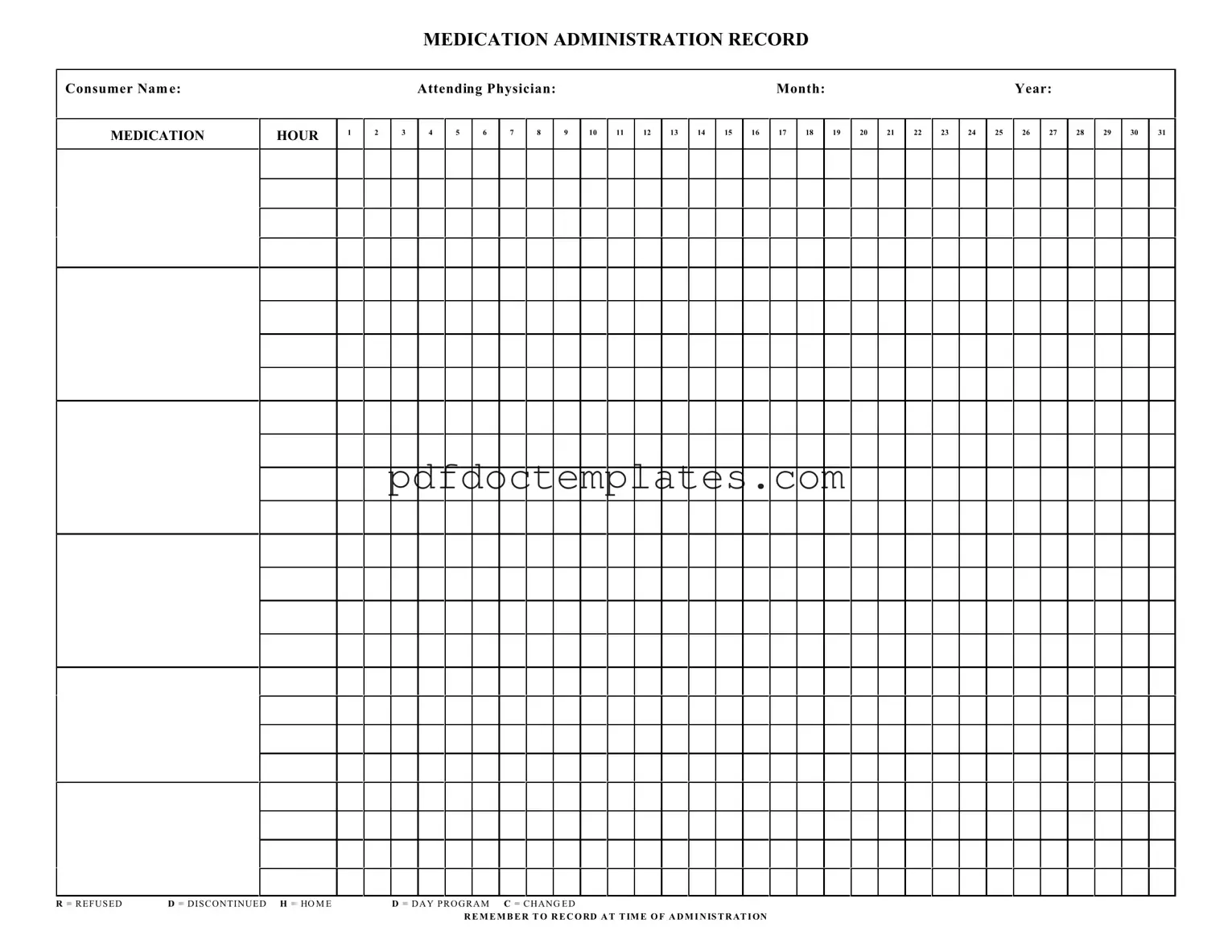Download Medication Administration Record Sheet Template
The Medication Administration Record Sheet is an essential tool used in healthcare settings to document the administration of medications to patients. This form ensures accurate tracking of medication schedules, doses, and any changes in treatment plans. Properly filling out this record not only enhances patient safety but also fosters effective communication among healthcare providers.
Start managing your medication records effectively by filling out the form below!
Access Your Document

